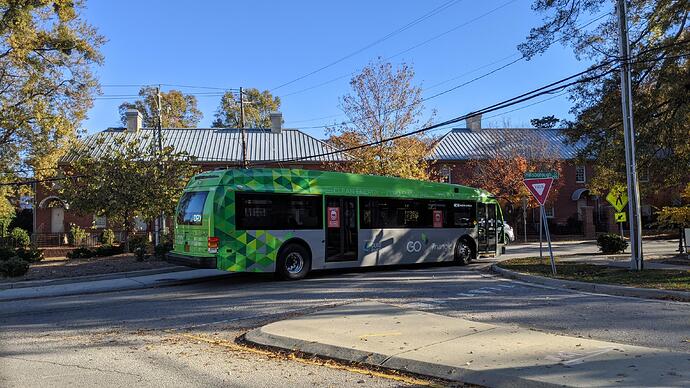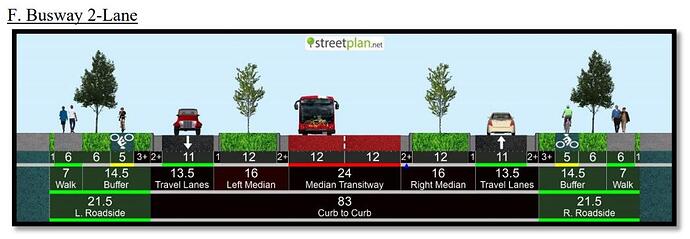Here’s something noteworthy… looks like RTA is inviting local leaders travel with them to South Florida next month to take tours of some local transit infrastructure and projects. It looks like their primary focus will be Brightline, but they’ll also be checking out some local bus rapid transit, linear parks, and last mile solutions. I wouldn’t say South Florida is necessarily my ideal model for regional development, but I’m intrigued by Miami’s SMART Plan and have also been (mostly) impressed with Brightline.
Biggest benefit I see from this trip: Brightline currently runs hourly pretty much all day. I’m hoping the Brightline folks really drive home the idea that consistent headways drive ridership. But on that note, I found this blurb while digging around on RTA’s Priorities page (emphasis mine):
There will naturally be different pictures as what an initial and future regional commuter rail investment could or “should” look like. Much of those variations relate to tradeoffs as to the numbers and locations of stations, the amount of new track infrastructure, how often trains arrive throughout the day, and so on.
The regional business community recognizes that commuter rail is expensive and that equity is a major consideration, and we also note its significant upside potential in terms of reliable connectivity for our increasingly spread-out region. As this is a transformational, multigenerational investment with multi-billion dollar capital and multi-million dollar operating costs, our community needs to understand what it wants, what it needs, what it can afford, and perhaps what it can wait on.
Conclusion: over the past couple of years, I’ve seen RTA slowly shift towards a multimodal emphasis (versus their previous stance of “bigger highways and maybe some transit here and there”). That’s promising, especially since they seem to have a lot of sway around here. That being said, I think they, like GoTriangle, are also leaning towards this concept of “let’s just get commuter rail built, then we can worry about increasing frequencies.” I get the spirit of it, but I’m fearful that, if we don’t end up hitting ridership projections, we’ll have trouble getting additional funding for more trainsets and staffing, and commuter rail will begin a death spiral before it really even gets off the ground.
There are really only three ways to guarantee ridership on rail projects: speed, reliability, and TOD. You need all three to compete with driving, but current planned headways are going to cause trouble on the reliability front. We’ll see what happens.



